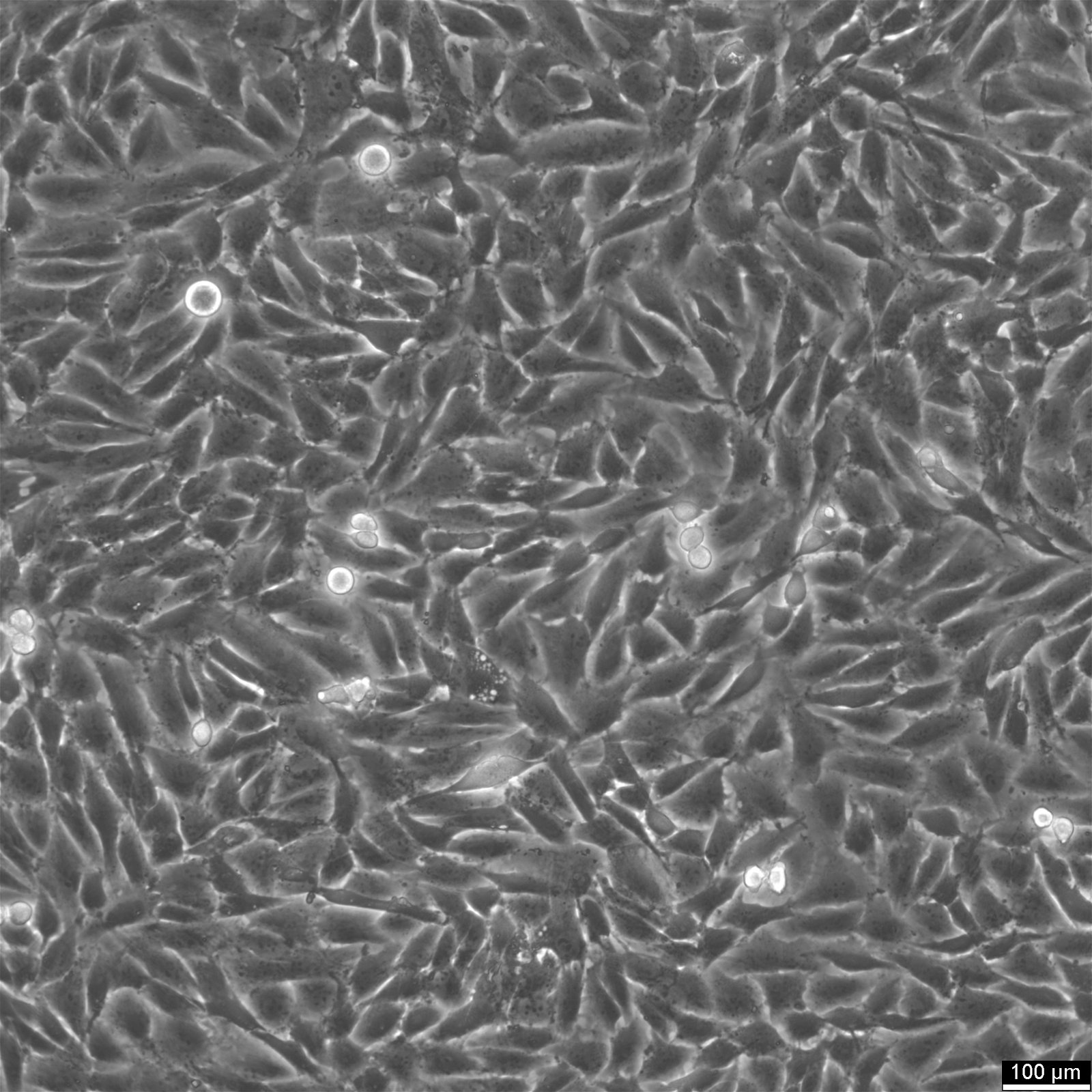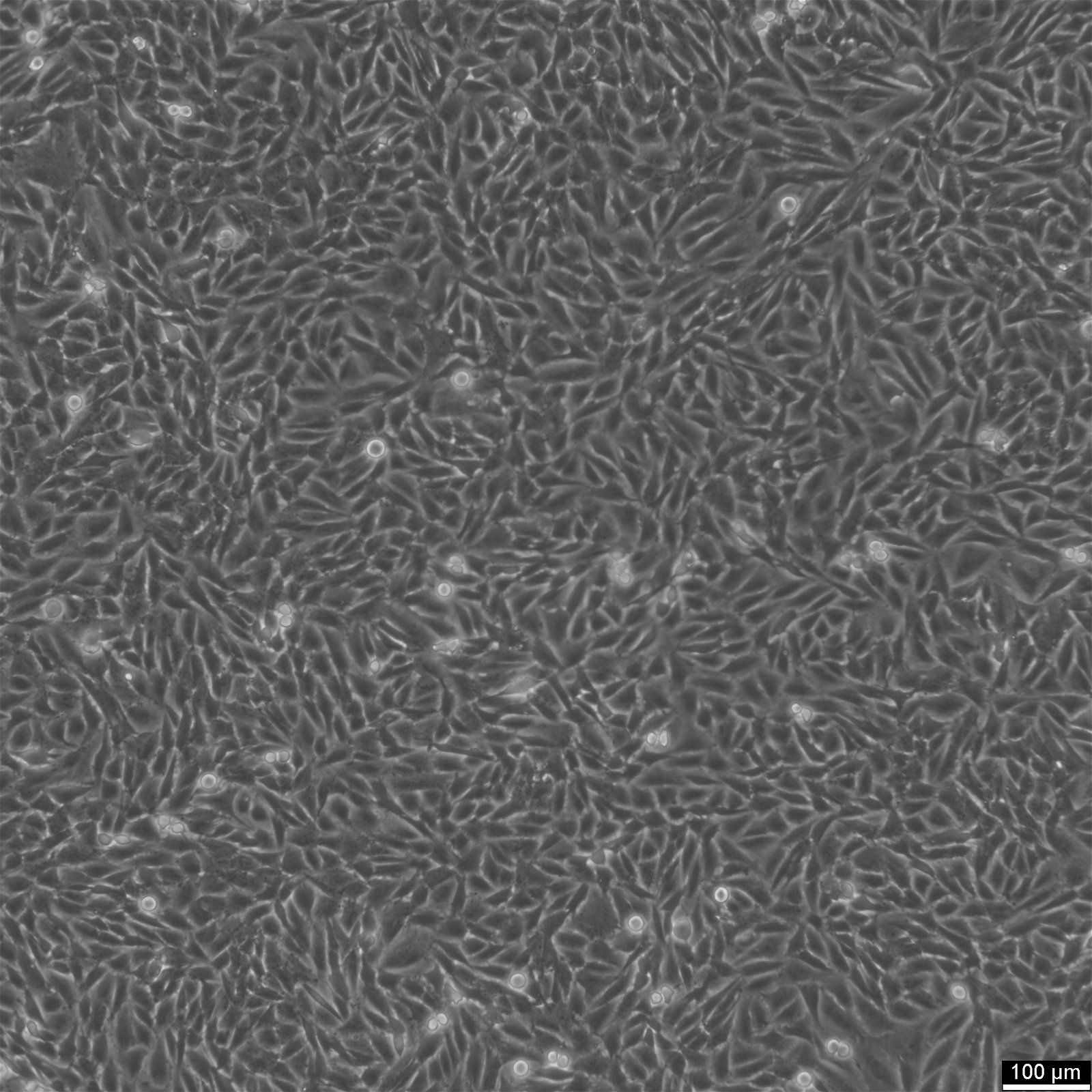Functional cookies are absolutely necessary for the functionality of the web shop. These cookies assign a unique random ID to your browser so that your unhindered shopping experience can be guaranteed over several page views.
Mollie Payment:
This cookie is used to group all events generated from a unique user session across multiple checkout pages.
Country selection:
The cookie saves the desired country selection.
Automatic redirection based on origin:
The cookie stores whether you have already been redirected to your origin domain.
Automatic redirection based on origin:
The cookie stores whether you have already been redirected to your origin domain.
Information on origin:
The cookie stores the referrer and the first page visited by the user for further use.
Activated cookies:
Saves which cookies have already been accepted by the user for the first time.
Cookie settings:
The cookie is used to store the cookie settings of the site user over several browser sessions.
CSRF token:
The CSRF token cookie contributes to your security. It strengthens the security of forms against unwanted hacker attacks.
Cache handling:
The cookie is used to differentiate the cache for different scenarios and page users.
Timezone:
The cookie is used to provide the system with the user's current time zone.
Shop Search:
Necessary for the appropriate function of our search solution.
Google Tag Manager debug mode:
Allows to run the Google Tag Manager in debug mode.
Stripe:
The cookie is used by the payment provider to increase security when processing payments on the website.
Session:
The session cookie stores your shopping data over several page views and is therefore essential for your personal shopping experience.








